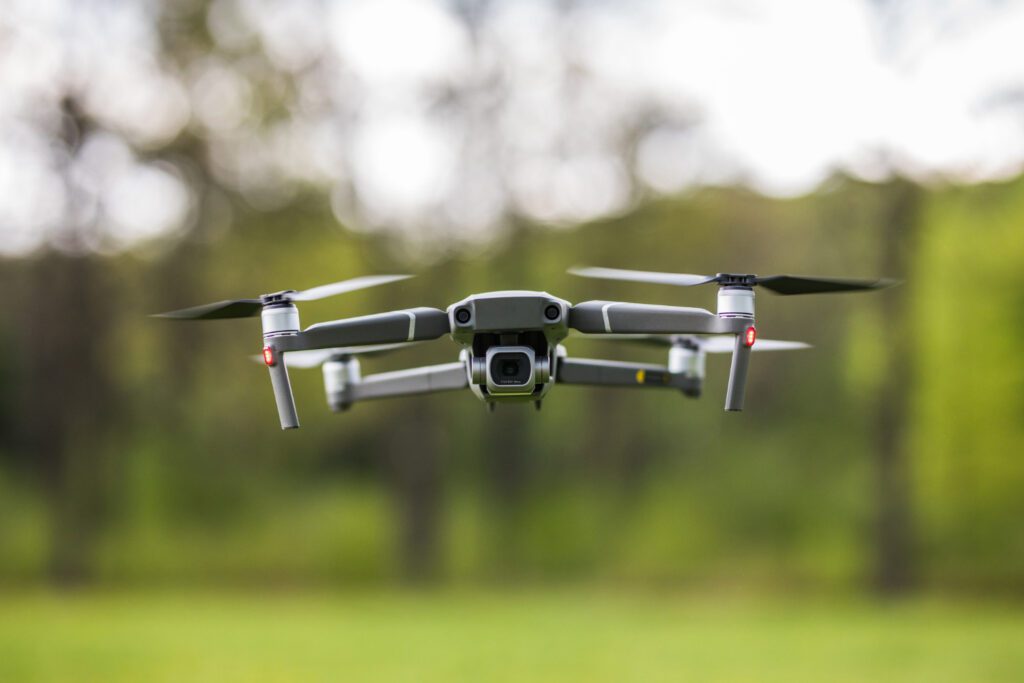Counter-drone systems are becoming increasingly popular because they make businesses, events, airports, military bases, and other places safer and more secure. Terrorist can use drones for many bad things, like spying on private information or other payloads.
We will also look at some real-world examples of how the developer has used these systems successfully and what benefits they have brought. Because of this, counter-drone systems are now a must for any business that wants to keep its property safe. Furthermore, this blog post will explore the different types of counter-drone systems available, how they work, and why they are essential.
What are drones?
Drones are uncrewed aerial vehicles (UAVs), aircraft without a human pilot. A remote control system operates them and, the operater can use drones for various purposes, including surveillance, target practice, and delivery.
The largest drone can have a wingspan the size of a commercial aeroplane. The military has used drones for years, but these are becoming more widespread. In 2015, the Federal Aviation Administration (FAA) issued rules for the commercial use of drones.
Why do we need counter-drone systems?
As technology advances, so too do the capabilities of drones. Once only able to carry small payloads, drones can now be equipped with sophisticated sensors, cameras, and even weapons. This has led to many incidents where drones are used to conduct surveillance or launch attacks.
In response to this threat, these systems have been developed to detect and track drones and disable them if necessary. Law enforcement and security teams can use these systems to keep an eye on suspicious activity and protect critical infrastructure from attacks.
Counter-drone systems typically consist of sensors, jamming devices, and interceptors. Sensors can find a drone, and devices that plug its signals can stop it from talking to its pilot. Interceptors are physical devices that can bring a drone down physically.
Various counter-drone systems are available on the market, each with its strengths and weaknesses. The right plan for you will depend on your specific needs and requirements.
How do counter-drone systems work?
In recent years, as the number of drones in use has grown by leaps and bounds, counter-drone systems have become increasingly popular. Various counter-drone systems are available on the market, each with unique features and capabilities. But how do these systems work?
Most counter-drone systems rely on some form of detection to identify and track drones operating in an area. Radar, acoustic, or optical tracking can do this. After finding a drone, the system will attempt to remove it.
One standard method is to jam the radio signals used to control the drone. This can disable and crash the drone. Netting or projecting the drone is another option.
This disables the drone and prevents damage.
However, it is essential to remember that these systems could be better, and there is always the potential for them to fail .
Types of counter-drone systems
There are three types of these systems:
1. Detection and Tracking: This system uses sensors to detect and track drones. The information from the sensors is then used to direct countermeasures against the drones.
2. Jamming: This type of system emits signals that interfere with the control signal between the drone and its operator.
3. Kinetic: This system uses physical projectiles to disable or destroy drones.
Pros and cons of using counter-drone systems
As the use of drones becomes more prevalent, so does the need for counter-drone systems. There are both pros and cons to using these systems, which we will explore in this article.
Conversely, counter-drone systems can be highly effective at deterring and even stopping drones from entering an area, such as carrying out attacks or smuggling contraband. They can monitor huge areas for illegal gatherings or environmental damage.
On the downside, counter-drone systems can be expensive to purchase and maintain. They also have the potential to cause collateral damage if not used properly. Additionally, they may give a false sense of security to those who use them, leading them to let their guard down in other areas where they are vulnerable.
Conclusion
Counter-drone systems are an important and effective way of managing the increasing threat posed by drones. Using a combination of detection, tracking, jamming, and even kinetic technologies to detect, identify and safely defeat any malicious drone activity, these solutions can provide organizations with valuable peace of mind regarding their security. With the growing prevalence of drones in our society, the counter-drone system provides an invaluable layer of protection for businesses that must ensure their airspace is secure from potential harm. Furthermore, we can adjust according to shielding needs and support the customization.
